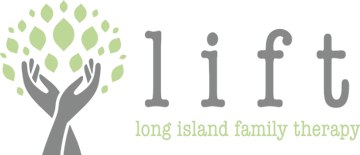26
Feb
2016
2016
Major Depressive Disorder in Young Children
by Dr. Deena Abbe, Ph.D.
What happens when being sad doesn’t go away? Or, what does it mean when a young child is jumpy, unfocused, sad, and angry, more often than not? When young children are diagnosed with Major Depressive Disorder (MDD) often medication and/or therapy are prescribed. Many times, despite our best efforts, children with MDD often relapse. A new study looked at children prescribed fluoxetine (Prozac) as well as relapse prevention cognitive behavioral therapy (CBT).
Interestingly, regardless of whether children received relapse prevention treatment, 80% of them experienced remission; that means that 80% of children in the study got better! But there was a group of children who relapsed. Children in the fluoxetine and CBT relapse prevention group stayed mentally healthy more than three months longer than those just receiving medication.
Booster CBT relapse prevention therapy, along with appropriate medication management, has been shown to be effective in helping children diagnosed with MDD. Reviewing mastered skills, before they are needed, can help prevent further relapse, and quicker recovery, so that kids can get back to being kids.
Emslie, G.J., Kennard, B.D., Mayes, T.L., Nakonezny, P.A., Moore, J., Jones, J.M., … King, J. (2015). Continued effectiveness of relapse prevention cognitive-behavioral therapy following fluoxetine treatment in youth with major depressive disorder. Journal of the American Academy of Child and Adolescent Psychiatry, 54, 991-998. http://dx.doi.org/10.1016/j.jaac.2015.09.014

